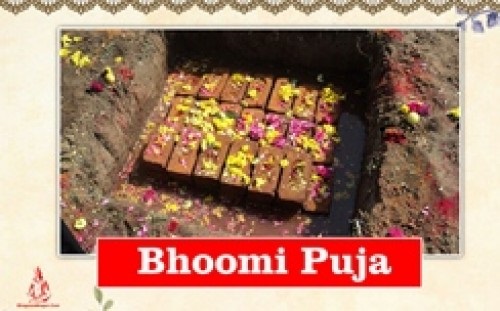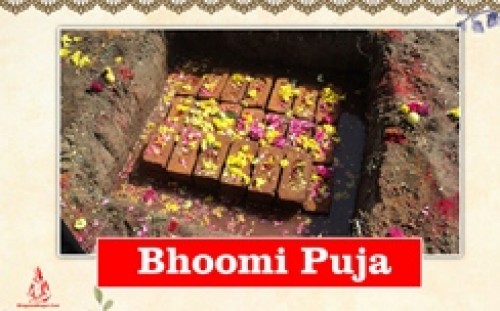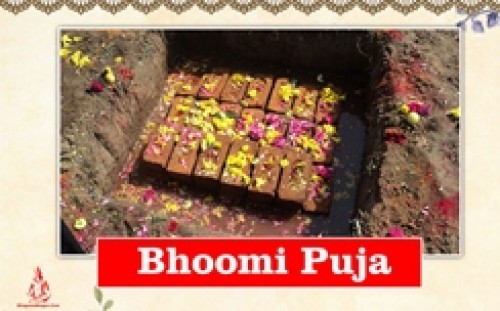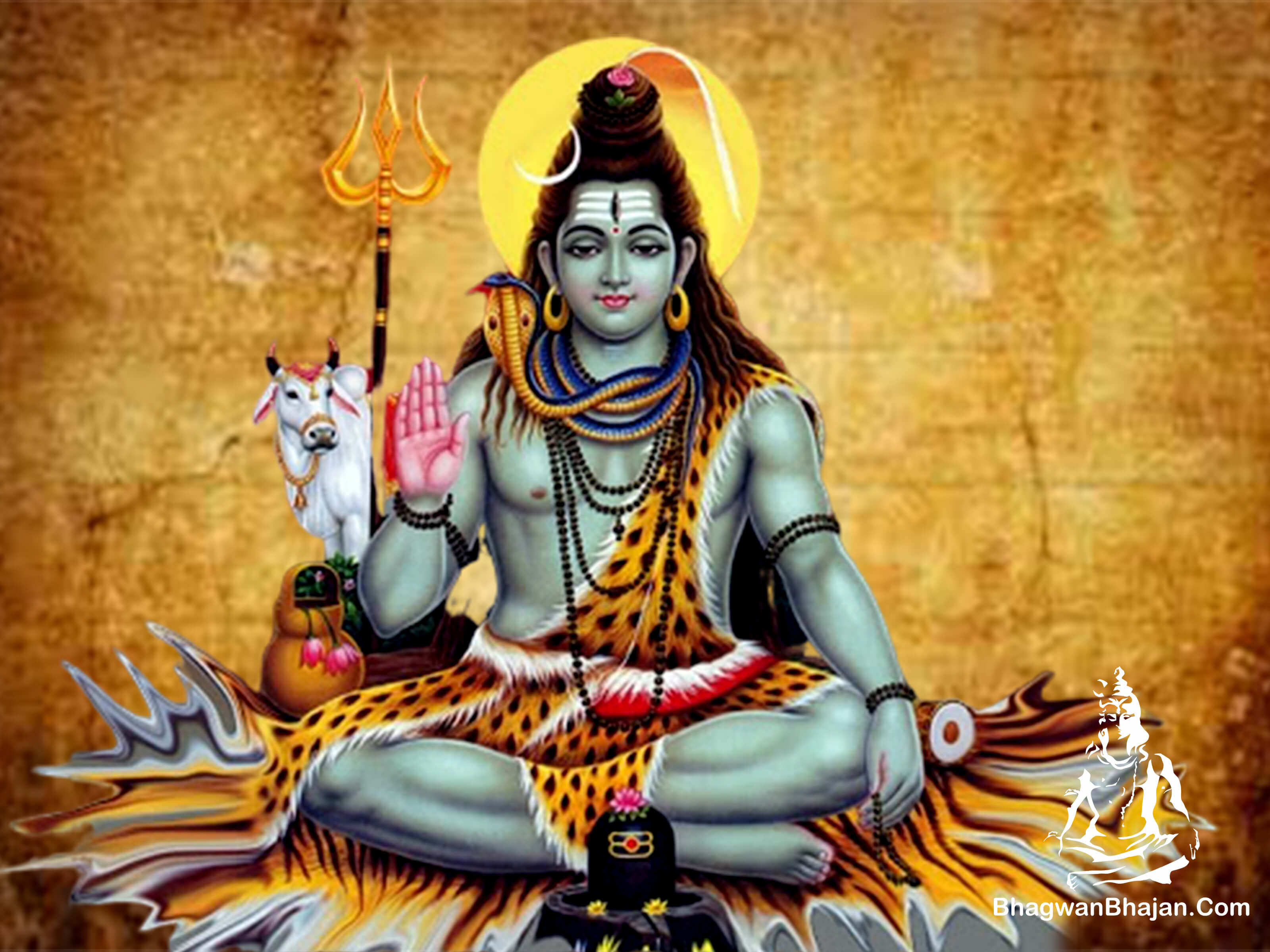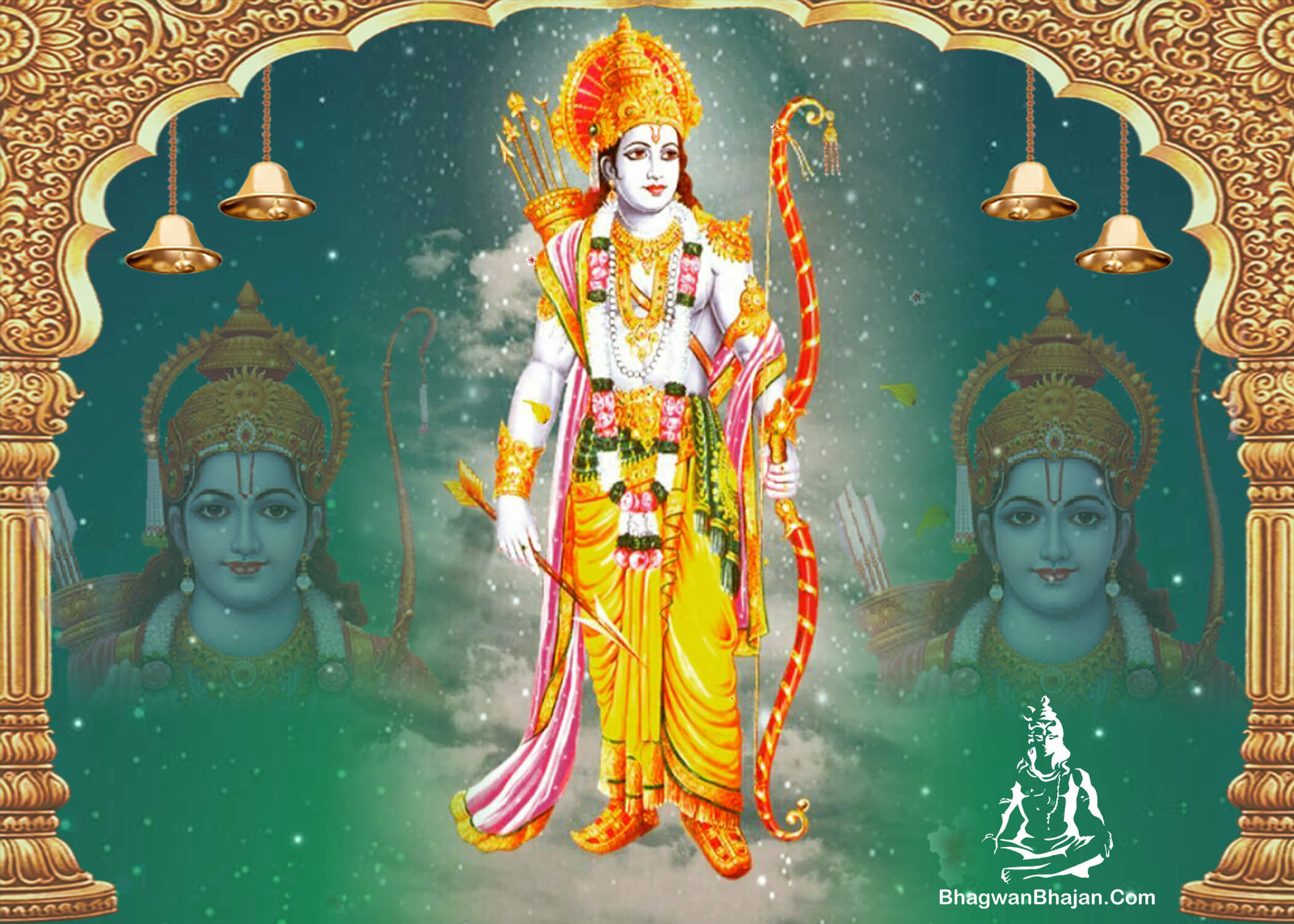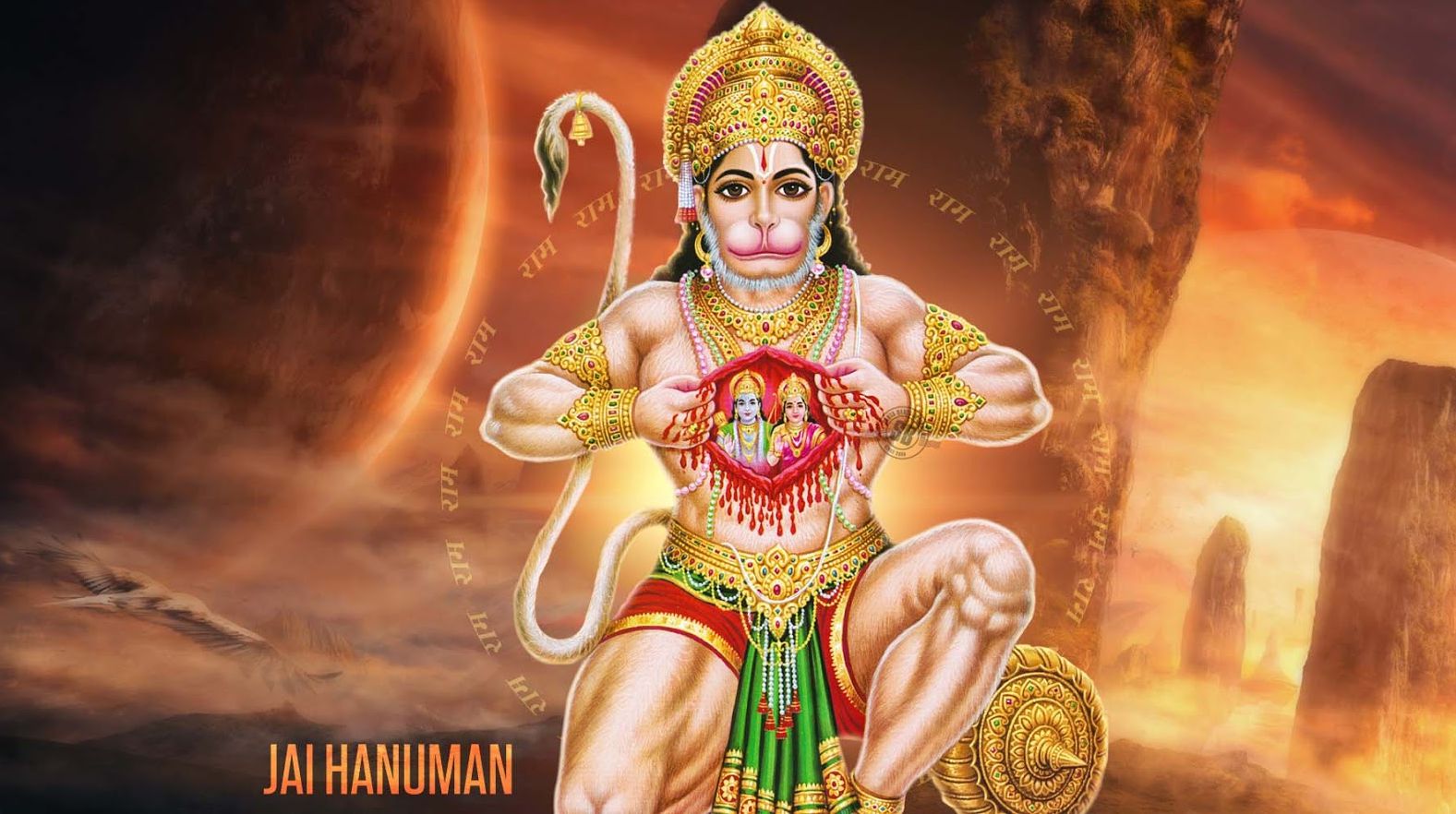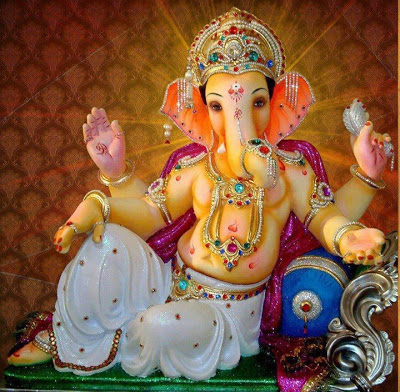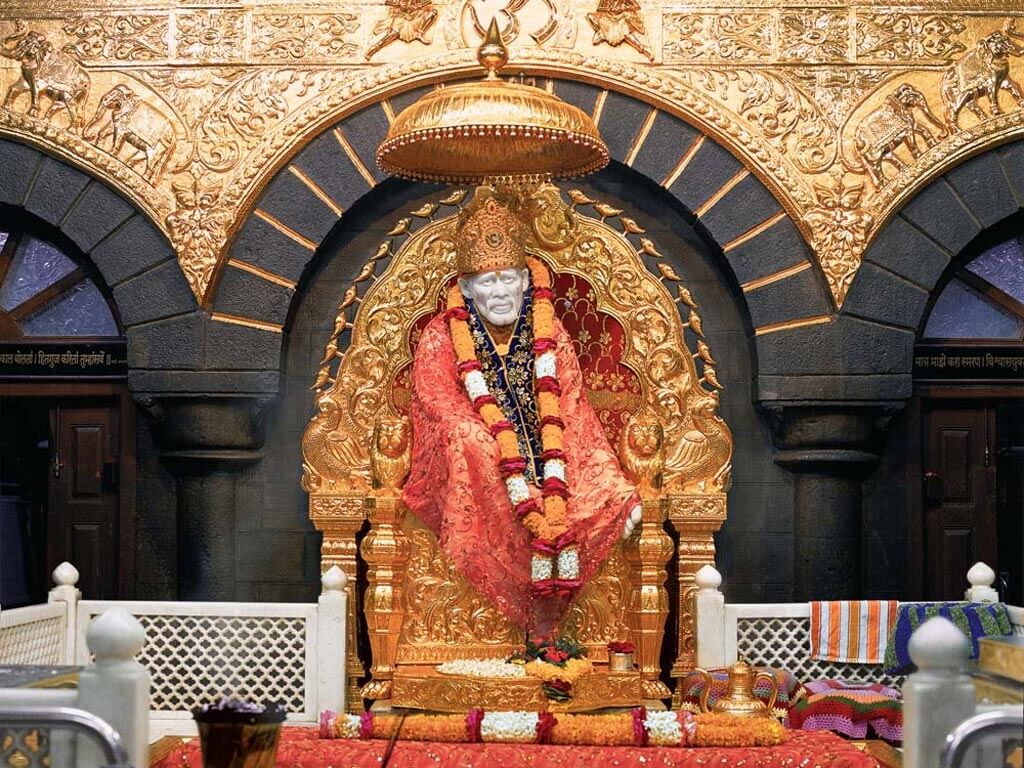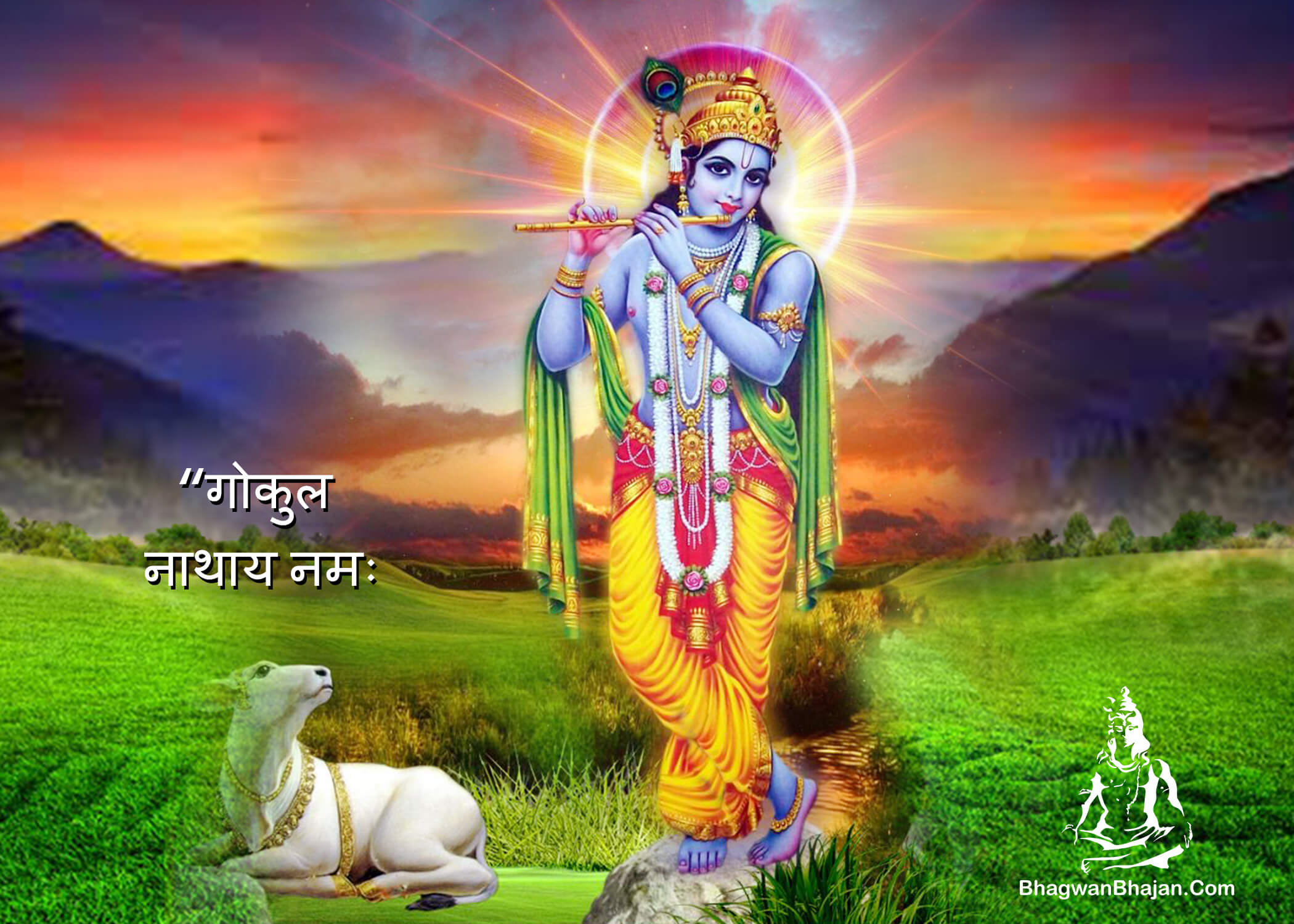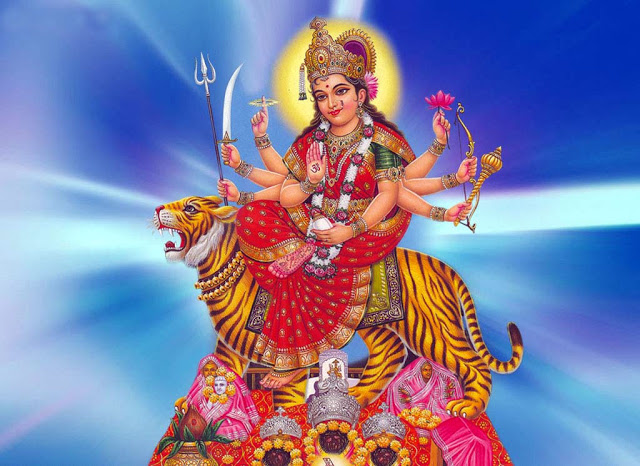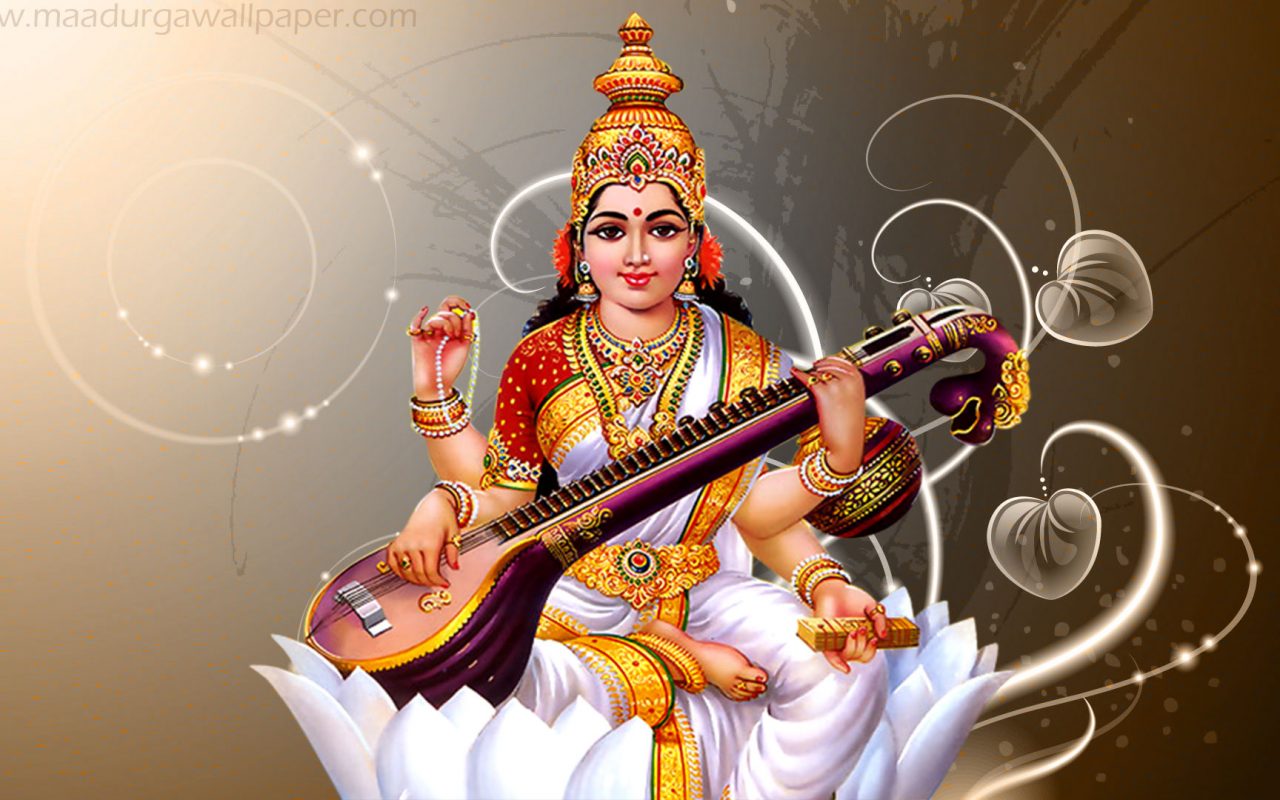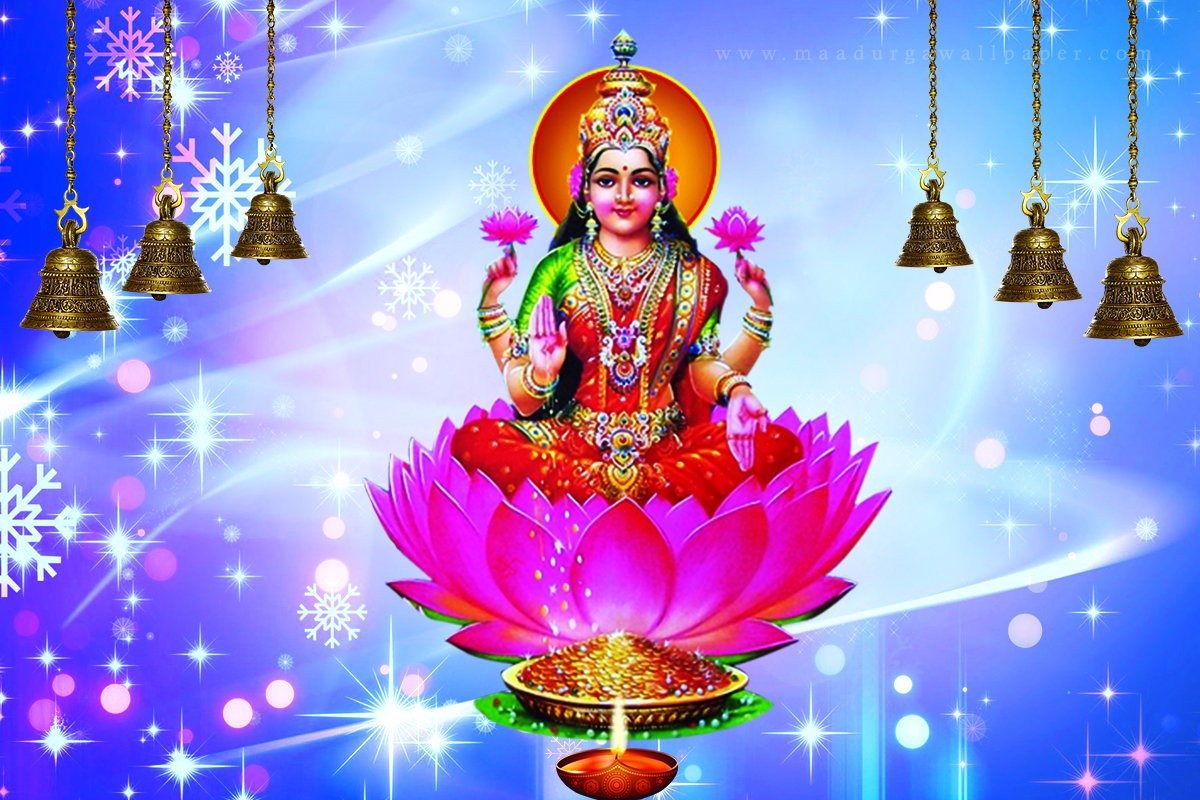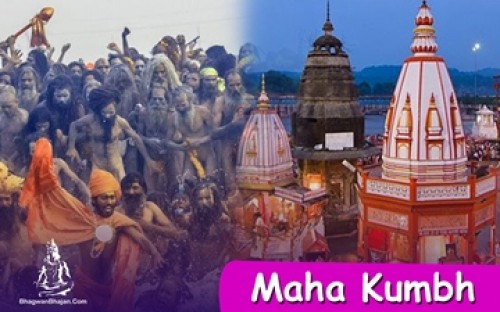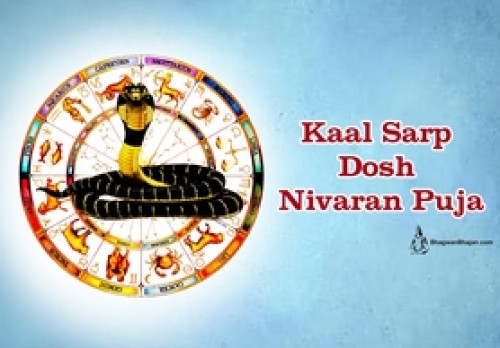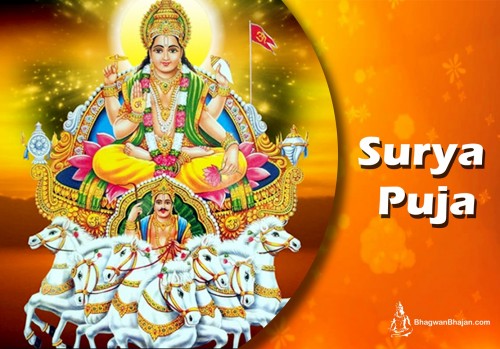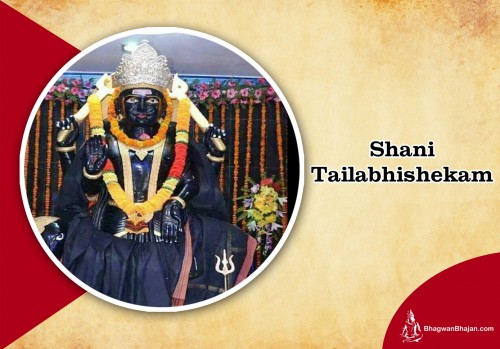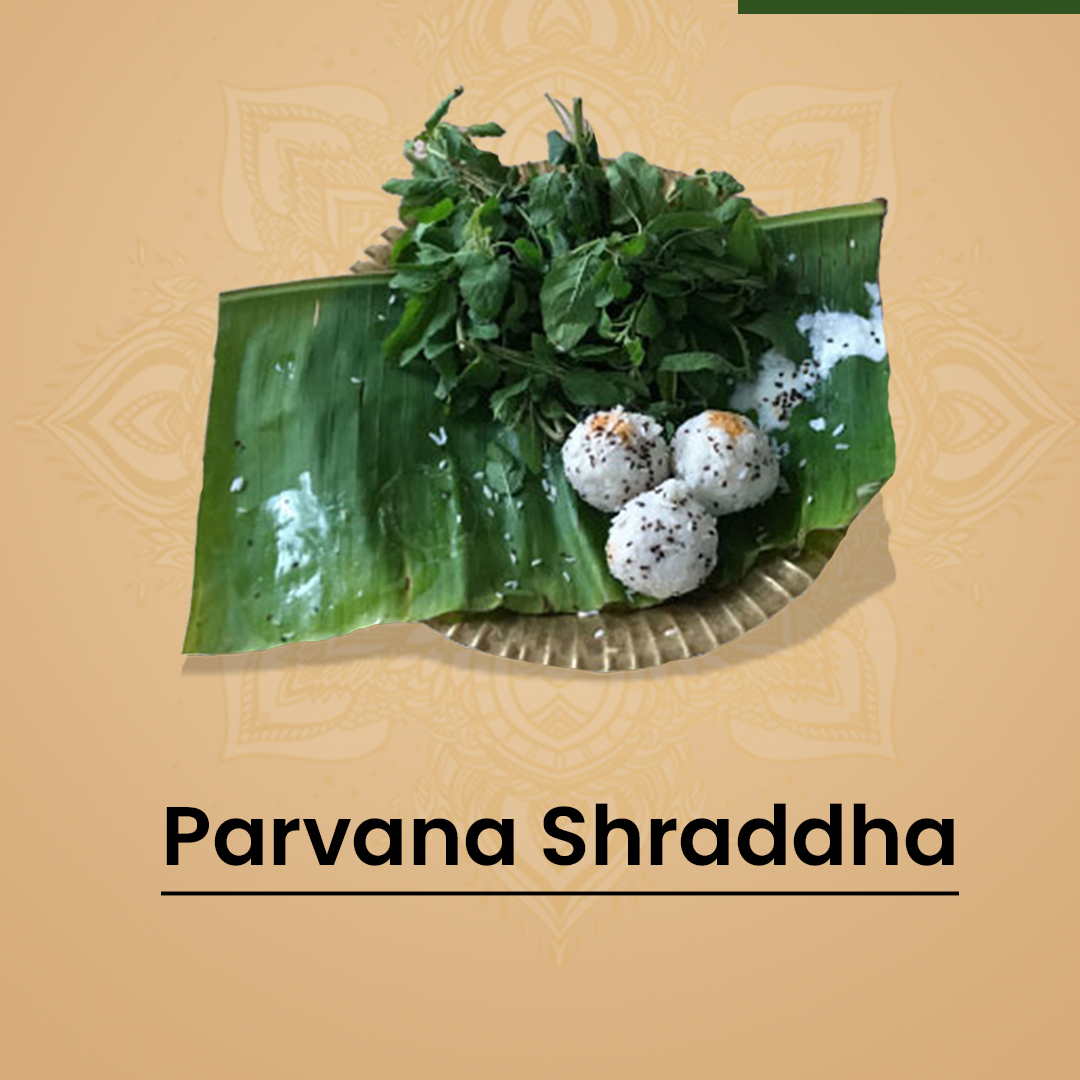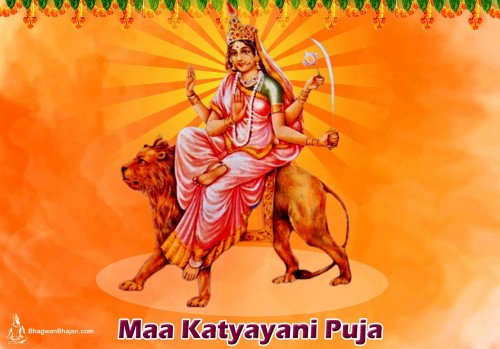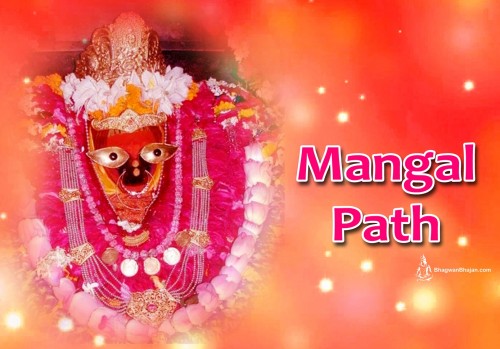Give Us Your Number, We will call You Back?
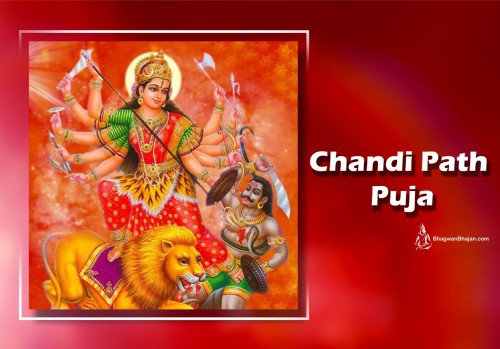

Chandi Path Puja
| Bhagwan - | |
|---|---|
| Category - | mata |
| Service Provider - | Bhagwan Bhajan |
Chandi Path Puja
Durga Saptashati which is also known as Devi Mahatmya and Chandi Path is a Hindu religious text describing the victory of the Goddess Durga over the demon Mahishasura. It is part of the Markandeya Purana, written by sage Markandeya.
The name Chandi Devi comes from the word “Chand”, in Sanskrit means to tear apart. The spirituality meaning of Chandi is “She who tears apart thought”. The recitation of the Chandi Path is designed to guide the reader’s awareness into the presence of Chandi – the Divine Mother Herself- so that all conflict of mind may return to Peace.
The Chandi Path is one of the most ancient and complete systems of mantra worship of the Divine Mother Goddess in Hindu tradition.
The Chandi Path comes from chapters 81 to 93 of the Markandeya Purana, one of the greatest spiritual treasures of Hindu spirituality. It is a universal epic which tells the story of how the Businessman and the King discover the Glory of the Goddess.
Durga Saptashati recommends the performance of Chandi Homa that aims to attain health and drive away the fear of enemies. The Brahmin or priests chants verses from Durga Saptasahti while performing Chandi Homa, offering seven hundreds Ahuti(oblations) into the sacred fire in order to invoke Durga Devi. The seven hundred verses(Sapta means ‘seven’ and shata means ‘hundred’) are organized into thirteen chapters. Reading Durga Saptashati is part of the Navratri Celebrations in praise of Goddess Durga.
Durga Saptashati is a significant composition to perform Chandi Homa which is one of the most significant Homa(s) done to gain health and to conquer over enemies. Chandi Homa is performed while chanting verses from Durga Saptashati. Total 700 Ahuti i.e. offering to Goddess Durga through sacred fire are made during Chandi Homa.
Durga Saptashati Path Vidhi:
- In the morning after taking the bath and finishing one’s daily worship or other rituals, one should sit on an asana facing North or East and try to evoke a state of concentration and devotion.
- The path (reading) is most effective when done with firm faith, devotion and correct pronounciation. During the time of reading one should try not to talk, sneeze, sleep, yawn or spit, but read with complete concentration on Devi in the form which appeals to one. One should not stop in middle of a chapter. It is good to place the book on a stand, preferably a copper plate.
- At the beginning and end of each chapter, bells may be rung.
- Before starting the paath, affirm the purpose for which you are performing it- make a resolve, sankalpa, and perform worship of Devi.
- Navaratri is an ideal period for the paath of Durgaa Saptashati; however, in the other months, Tuesday, Friday, and Saturday are considered auspicious days of the week for beginning the reading. The ideal days of the lunar calendar are ashtami(eighth day of the moon), navami(ninth day of the moon), and chaturdashi (fourteen day of the moon).
- The Saptashati may be read daily and completed in seven days in the
following manner of division of chapters.
-
-
- Day one : first chapter
- Day two : second and third chapter
- Day three : fourth
- Day four : fifth, sixth, seventh, eighth
- Day five : ninth and tenth
- Day six : eleventh
- Day seven : twelfth and thirteenth
-
This is the traditional rule. It is believed that whatever the Saptashati is read with, will be fulfilled. Since Shakti is the basis of all desire, knowledge and action, one cannot stay out of the realm of Shakti. An individual is but Shakti, and hence one can have everything through the worship of Shakti.
The reading should be in following order:
- Devi Suktam
- Devi Kavacham
- Argala Stostram
- Keelakam
- Ratri Suktam
- Devi Mahatmya
- Kshama Prarthana
">
Durga Saptashati which is also known as Devi Mahatmya and Chandi Path is a Hindu religious text describing the victory of the Goddess Durga over the demon Mahishasura. It is part of the Markandeya Purana, written by sage Markandeya.
The name Chandi Devi comes from the word “Chand”, in Sanskrit means to tear apart. The spirituality meaning of Chandi is “She who tears apart thought”. The recitation of the Chandi Path is designed to guide the reader’s awareness into the presence of Chandi – the Divine Mother Herself- so that all conflict of mind may return to Peace.
The Chandi Path is one of the most ancient and complete systems of mantra worship of the Divine Mother Goddess in Hindu tradition.
The Chandi Path comes from chapters 81 to 93 of the Markandeya Purana, one of the greatest spiritual treasures of Hindu spirituality. It is a universal epic which tells the story of how the Businessman and the King discover the Glory of the Goddess.
Durga Saptashati recommends the performance of Chandi Homa that aims to attain health and drive away the fear of enemies. The Brahmin or priests chants verses from Durga Saptasahti while performing Chandi Homa, offering seven hundreds Ahuti(oblations) into the sacred fire in order to invoke Durga Devi. The seven hundred verses(Sapta means ‘seven’ and shata means ‘hundred’) are organized into thirteen chapters. Reading Durga Saptashati is part of the Navratri Celebrations in praise of Goddess Durga.
Durga Saptashati is a significant composition to perform Chandi Homa which is one of the most significant Homa(s) done to gain health and to conquer over enemies. Chandi Homa is performed while chanting verses from Durga Saptashati. Total 700 Ahuti i.e. offering to Goddess Durga through sacred fire are made during Chandi Homa.
Durga Saptashati Path Vidhi:
- In the morning after taking the bath and finishing one’s daily worship or other rituals, one should sit on an asana facing North or East and try to evoke a state of concentration and devotion.
- The path (reading) is most effective when done with firm faith, devotion and correct pronounciation. During the time of reading one should try not to talk, sneeze, sleep, yawn or spit, but read with complete concentration on Devi in the form which appeals to one. One should not stop in middle of a chapter. It is good to place the book on a stand, preferably a copper plate.
- At the beginning and end of each chapter, bells may be rung.
- Before starting the paath, affirm the purpose for which you are performing it- make a resolve, sankalpa, and perform worship of Devi.
- Navaratri is an ideal period for the paath of Durgaa Saptashati; however, in the other months, Tuesday, Friday, and Saturday are considered auspicious days of the week for beginning the reading. The ideal days of the lunar calendar are ashtami(eighth day of the moon), navami(ninth day of the moon), and chaturdashi (fourteen day of the moon).
- The Saptashati may be read daily and completed in seven days in the
following manner of division of chapters.
-
-
- Day one : first chapter
- Day two : second and third chapter
- Day three : fourth
- Day four : fifth, sixth, seventh, eighth
- Day five : ninth and tenth
- Day six : eleventh
- Day seven : twelfth and thirteenth
-
This is the traditional rule. It is believed that whatever the Saptashati is read with, will be fulfilled. Since Shakti is the basis of all desire, knowledge and action, one cannot stay out of the realm of Shakti. An individual is but Shakti, and hence one can have everything through the worship of Shakti.
The reading should be in following order:
- Devi Suktam
- Devi Kavacham
- Argala Stostram
- Keelakam
- Ratri Suktam
- Devi Mahatmya
- Kshama Prarthana


